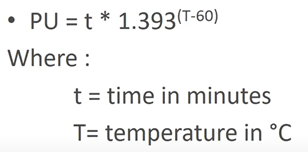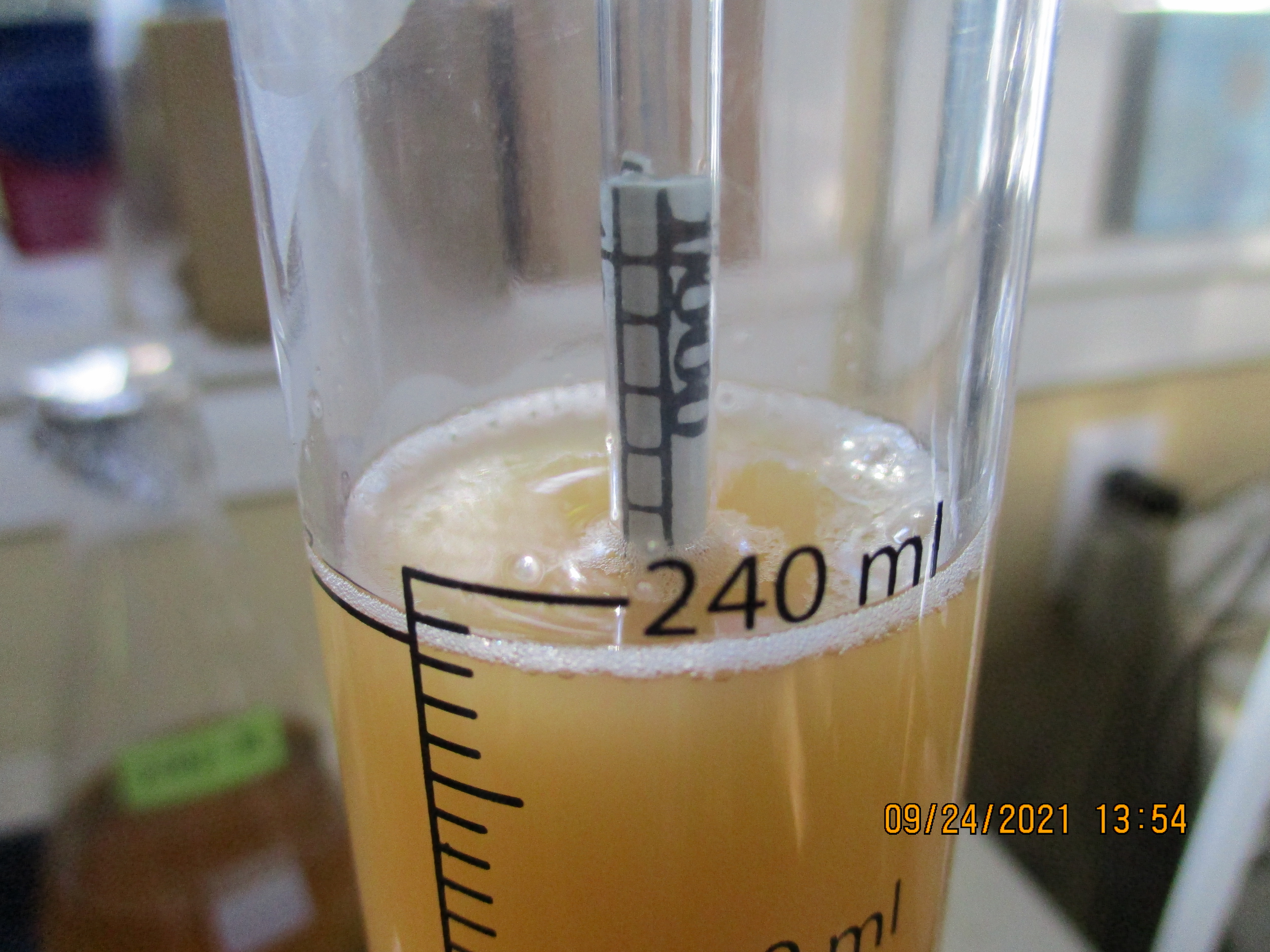OK, so it seems that there has been some interest in this yeast, but without the availability of smaller quantities, a limited number of folks that have been able to try and test it. I was also having trouble even finding it in 500g quantities here in the United States. In any case, I've ordered a 500g block from Belgium, and given the quantity, I'll never get through that on my own.
Enter this thread.
Concept:
From Fermentis:
SafBrew™ LA-01, is a Saccharomyces cerevisiae var. chevalieri that has been specifically selected for the production of low and/or non-alcoholic beverages (<0.5ABV). This yeast does not assimilate maltose and maltotriose but assimilates simple sugars (glucose, fructose and sucrose) and is characterized by a subtle aroma profile. Yeast with a medium sedimentation: forms no clumps but a powdery haze when resuspended in the beer.
As the beer at the end of fermentation will contain a lot of residual fermentable sugars, it is mandatory to pasteurize the beer after packaging (between 80 and 120 PU). This yeast is not suitable for cropping and repitching. As a note, in webinar link below they dicuss that 50 PU is sufficient.
Product Info Sheet
Webinar: Technical Characteristics of SafSour™ LP 652 and SafBrew™ LA-01
General Info (much of this is in the webinar):
Feel free to comment if you can think of a better way on this front, I want to make sure it gets to those interested un-contaminated.
Draft procedure:
Enter this thread.
Concept:
- If you are interested in trying the yeast, respond here and then PM me. If you are "in", I'll send you some for
the price of postagefree (due to the weight it will be less than 0.80 USD to mail). I'm not looking to re-coup cost on the yeast, mainly interested to see what people here can do with it. We've got a creative bunch here! - I'll be packaging up 12.5g vacuum sealed packages for innoculating 5-6 gallons of wort. The recommended pitching rate from Fermentis is 0.5 - 0.8 g/L. It is not recommended to make a starter due to the higher potential for contamination. I'll leave more info on the repackaging procedure further down.
- Expectation will be that those receiving some of the yeast will post back recipes, procedures, results, tasting notes, and any mishaps to this thread to explore the options for this new yeast.
- I've got enough to send out 25-30 12.5g packets to people. We'll see how much interest there is, but feel free to let me know if you want more than one packet to do additional testing.
- Lastly, housekeeping item on the thread. This is intended for those wanting to experiment with this yeast, brainstorm on how to use it, discuss procedures, share recipes and notes, etc. It isn't intended to be a debate thread on the merits of low/no alcohol beer.
From Fermentis:
SafBrew™ LA-01, is a Saccharomyces cerevisiae var. chevalieri that has been specifically selected for the production of low and/or non-alcoholic beverages (<0.5ABV). This yeast does not assimilate maltose and maltotriose but assimilates simple sugars (glucose, fructose and sucrose) and is characterized by a subtle aroma profile. Yeast with a medium sedimentation: forms no clumps but a powdery haze when resuspended in the beer.
As the beer at the end of fermentation will contain a lot of residual fermentable sugars, it is mandatory to pasteurize the beer after packaging (between 80 and 120 PU). This yeast is not suitable for cropping and repitching. As a note, in webinar link below they dicuss that 50 PU is sufficient.
Product Info Sheet
Webinar: Technical Characteristics of SafSour™ LP 652 and SafBrew™ LA-01
General Info (much of this is in the webinar):
- LA-01 is POF+, so capable of producing 4VG
- Fermentis recommends an original gravity of 1.028 or lower for a 0.5% ABV or less beer
- Repitching or propogation is not recommended
- Pasteurization needs to happen after packaging
Feel free to comment if you can think of a better way on this front, I want to make sure it gets to those interested un-contaminated.
Draft procedure:
- Create empty vacuum sealed bags
- Pasteurize empty bags in 63C (145F) water bath for 30 minutes
- PPE: Gloves, mask, hat, sanitizer
- Sanitize cutting implement for opening vacuum seal bags
- Heat sanitize measuring spoon
- Open bulk bag
- Open empty vacuum sealed bag
- Fill bag with 12.5g yeast (on scale)
- Vacuum seal individual bag
- Vacuum seal bulk bag (as needed)
- Refrigerate
Last edited:











![Craft A Brew - Safale S-04 Dry Yeast - Fermentis - English Ale Dry Yeast - For English and American Ales and Hard Apple Ciders - Ingredients for Home Brewing - Beer Making Supplies - [1 Pack]](https://m.media-amazon.com/images/I/41fVGNh6JfL._SL500_.jpg)




















































